Margaret Grieve - A Modern Herbal. Vol. 2: I-Z and Indexes
Here you can read online Margaret Grieve - A Modern Herbal. Vol. 2: I-Z and Indexes full text of the book (entire story) in english for free. Download pdf and epub, get meaning, cover and reviews about this ebook. year: 1971, publisher: Dover Publications, genre: Science. Description of the work, (preface) as well as reviews are available. Best literature library LitArk.com created for fans of good reading and offers a wide selection of genres:
Romance novel
Science fiction
Adventure
Detective
Science
History
Home and family
Prose
Art
Politics
Computer
Non-fiction
Religion
Business
Children
Humor
Choose a favorite category and find really read worthwhile books. Enjoy immersion in the world of imagination, feel the emotions of the characters or learn something new for yourself, make an fascinating discovery.

- Book:A Modern Herbal. Vol. 2: I-Z and Indexes
- Author:
- Publisher:Dover Publications
- Genre:
- Year:1971
- Rating:3 / 5
- Favourites:Add to favourites
- Your mark:
A Modern Herbal. Vol. 2: I-Z and Indexes: summary, description and annotation
We offer to read an annotation, description, summary or preface (depends on what the author of the book "A Modern Herbal. Vol. 2: I-Z and Indexes" wrote himself). If you haven't found the necessary information about the book — write in the comments, we will try to find it.
There is not one page of this enchanting book which does not contain something to interest the common reader as well as the serious student. Regarded simply as a history of flowers, it adds to the joys of the country. B. E. Todd, Spectator.
If you want to know how pleurisy root, lungwort, and abscess root got their names, how poison ivy used to treat rheumatism, or how garlic guarded against the Bubonic Plague, consult A Modern Herbal. This 20th-century version of the medieval Herbal is as rich in scientific fact and folklore as its predecessors and is equally encyclopedic in coverage. From aconite to zedoary, not an herb, grass, fungus, shrub or tree is overlooked; and strange and wonderful discoveries about even the most common of plants await the reader.
Traditionally, an herbal combined the folk beliefs and tales about plants, the medicinal properties (and parts used) of the herbs, and their botanical classification. But Mrs. Grieve has extended and enlarged the tradition; her coverage of asafetida, bearberry, broom, chamomile, chickweed, dandelion, dock, elecampane, almond, eyebright, fenugreek, moss, fern, figwort, gentian, Harts tongue, indigo, acacia, jaborandi, kava kava, lavender, pimpernel, rhubarb, squill, sage, thyme, sarsaparilla, unicorn root, valerian, woundwort, yew, etc. more than 800 varieties in all includes in addition methods of cultivation; the chemical constituents, dosages, and preparations of extracts and tinctures, unknown to earlier herbalists; possible economic and cosmetic properties, and detailed illustrations, from root to bud, of 161 plants.
Of the many exceptional plants covered in Herbal, perhaps the most fascinating are the poisonous varieties hemlock, poison oak, aconite, etc. whose poisons, in certain cases, serve medical purposes and whose antidotes (if known) are given in detail. And of the many unique features, perhaps the most interesting are the hundreds of recipes and instructions for making ointments, lotions, sauces, wines, and fruit brandies like bilberry and carrot jam, elderberry and mint vinegar, sagina sauce, and cucumber lotion for sunburn; and the hundreds of prescriptions for tonics and liniments for bronchitis, arthritis, dropsy, jaundice, nervous tension, skin disease, and other ailments. 96 plates, 161 illustrations.
Margaret Grieve: author's other books
Who wrote A Modern Herbal. Vol. 2: I-Z and Indexes? Find out the surname, the name of the author of the book and a list of all author's works by series.

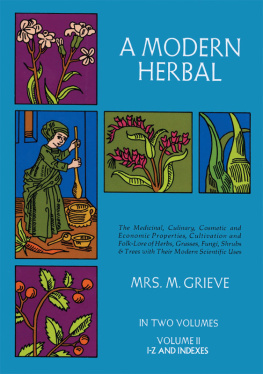
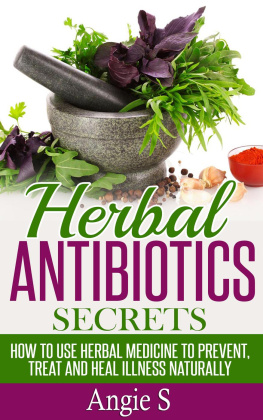
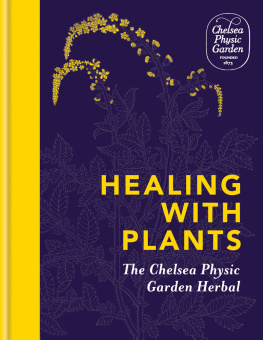
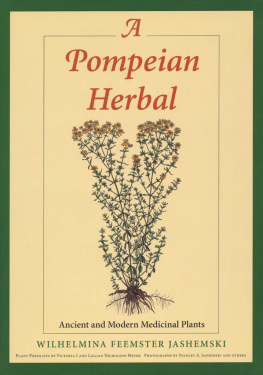
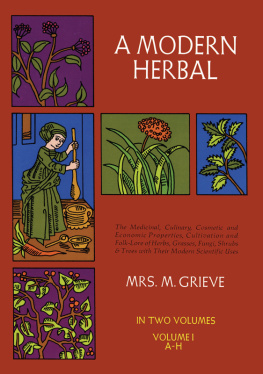
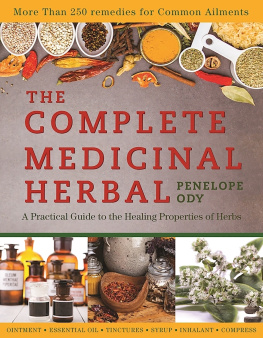
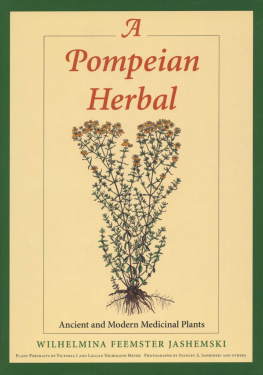
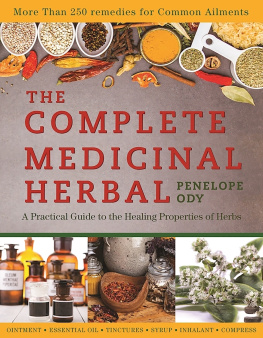
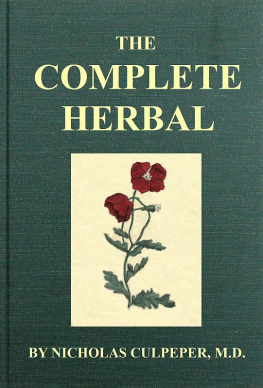


 Description. A large woody climbing shrub, introduced into Cochin China, and highly esteemed there as a medicine. It attracted the attention of the Jesuits, hence its name. In commerce the beans are about one full inch long; ovate, a dull blacky brown colour, very hard and horny, covered in patches with silvery adpressed hairs; endosperm translucent, enclosing an irregular cavity with an oblong embryo; no odour; taste extremely bitter. Each fruit contains about twelve to twenty seeds embedded in the pulp from which they have to be separated.
Description. A large woody climbing shrub, introduced into Cochin China, and highly esteemed there as a medicine. It attracted the attention of the Jesuits, hence its name. In commerce the beans are about one full inch long; ovate, a dull blacky brown colour, very hard and horny, covered in patches with silvery adpressed hairs; endosperm translucent, enclosing an irregular cavity with an oblong embryo; no odour; taste extremely bitter. Each fruit contains about twelve to twenty seeds embedded in the pulp from which they have to be separated.